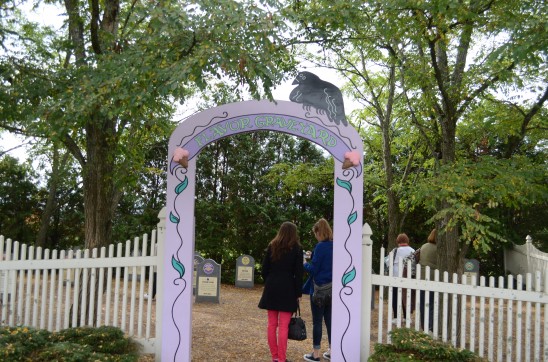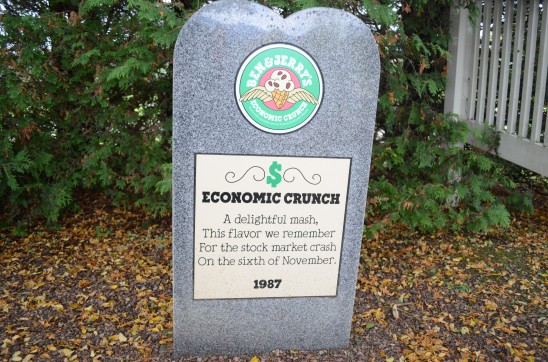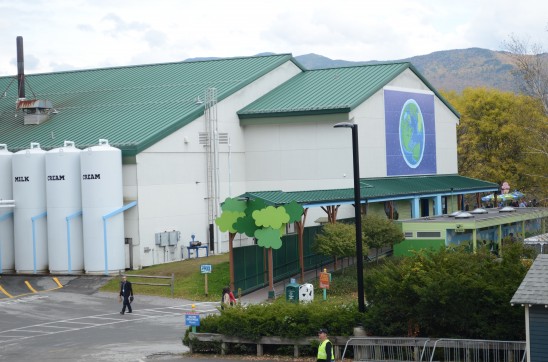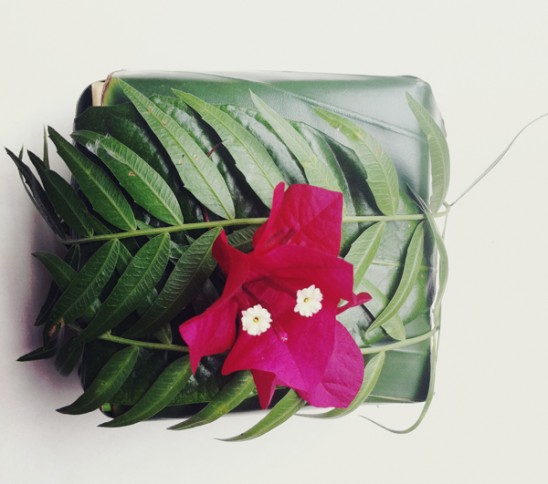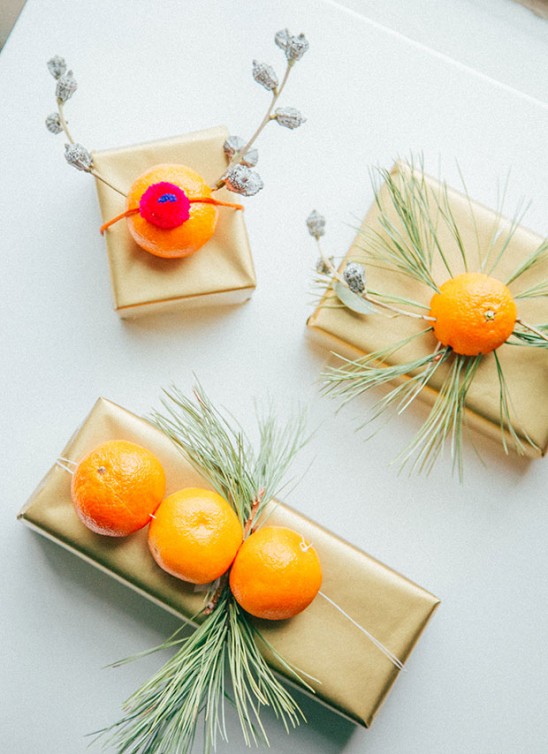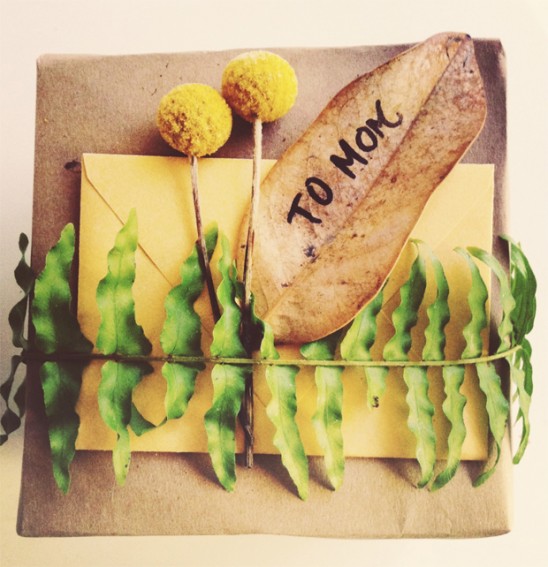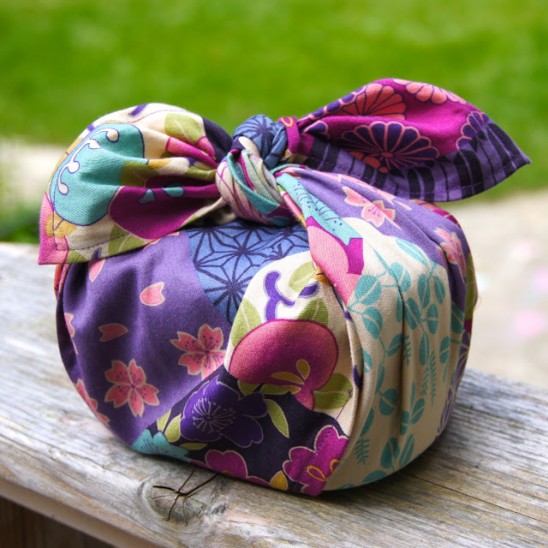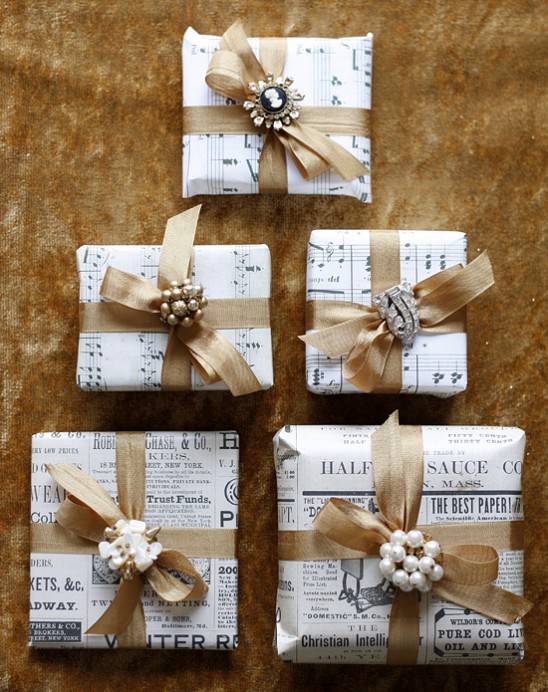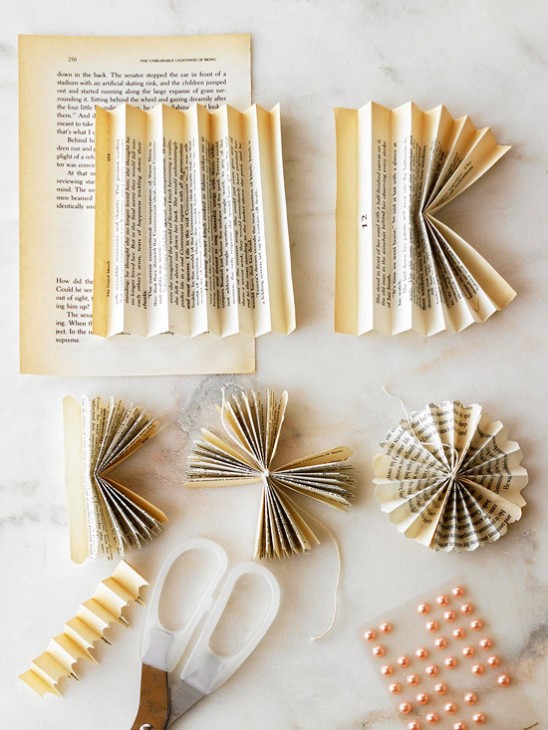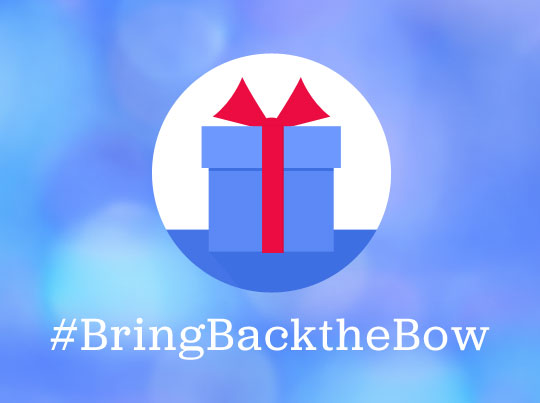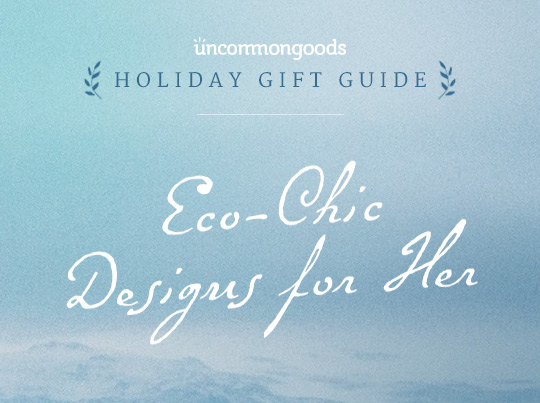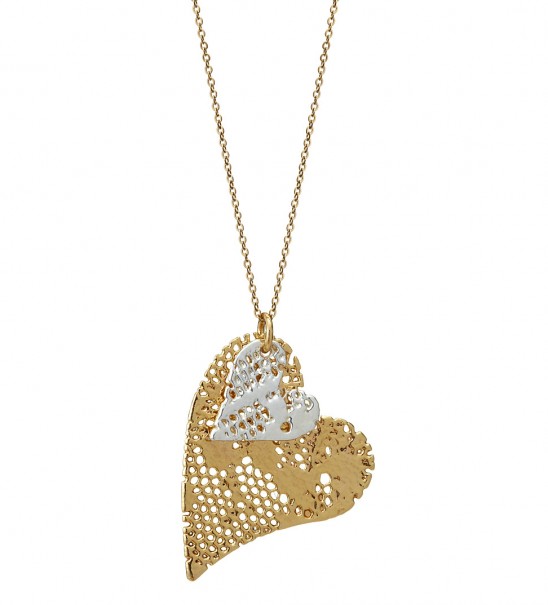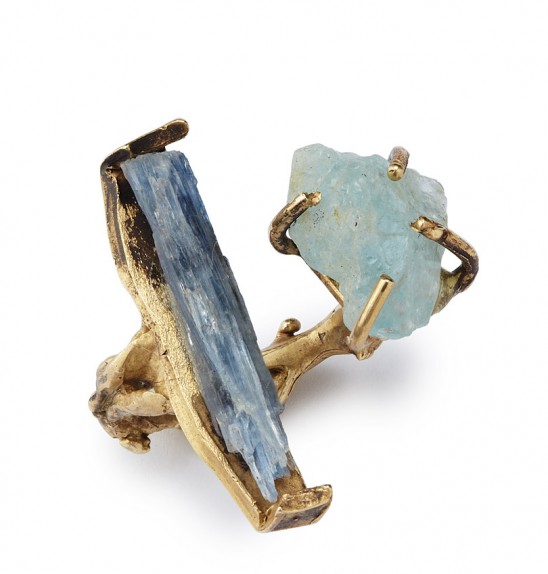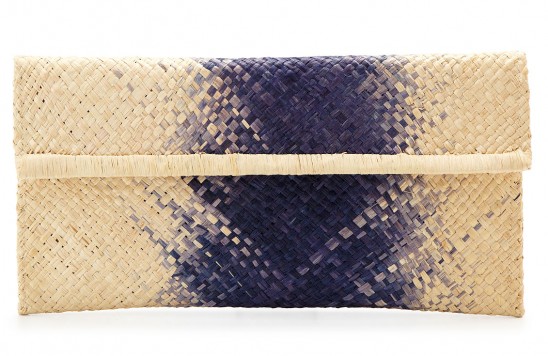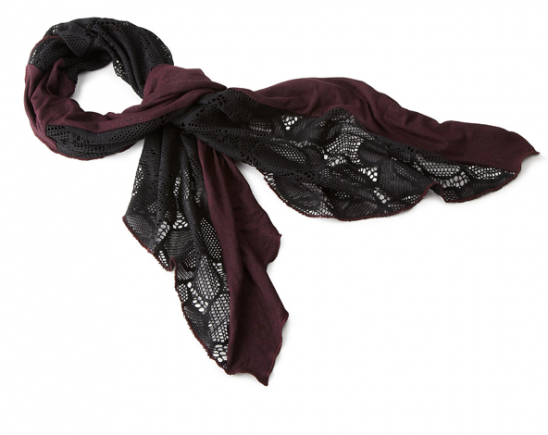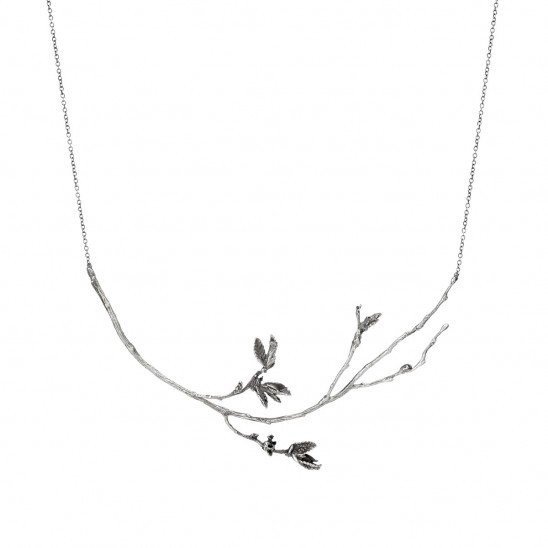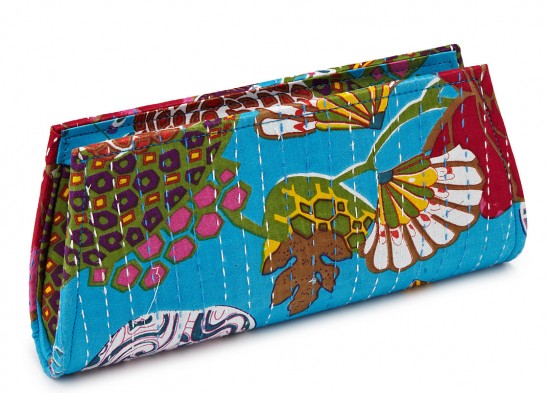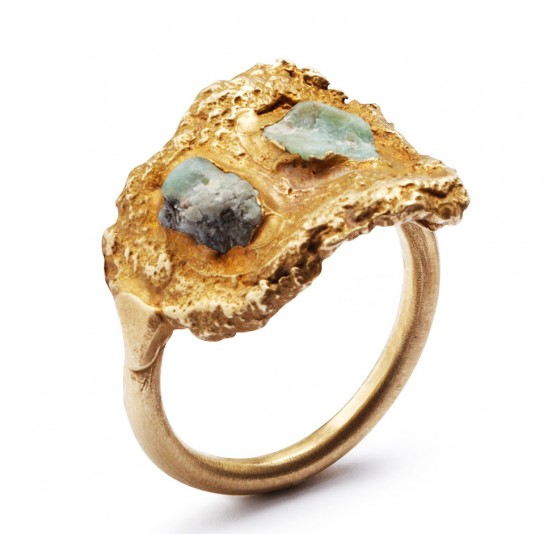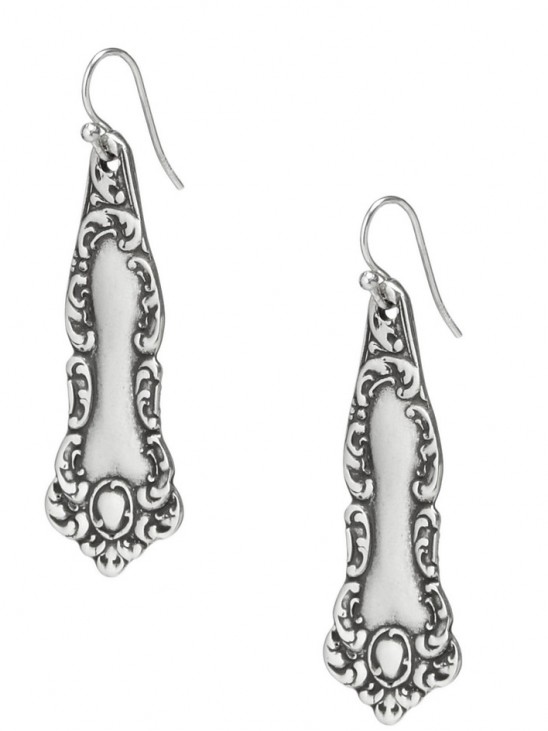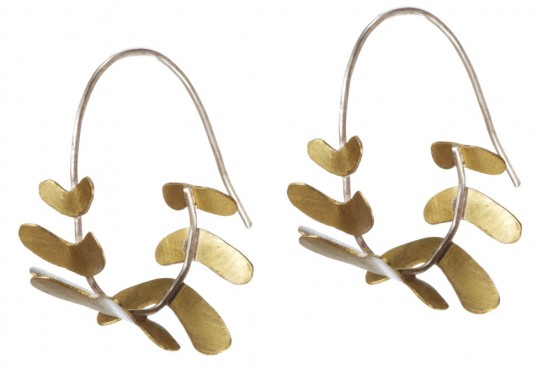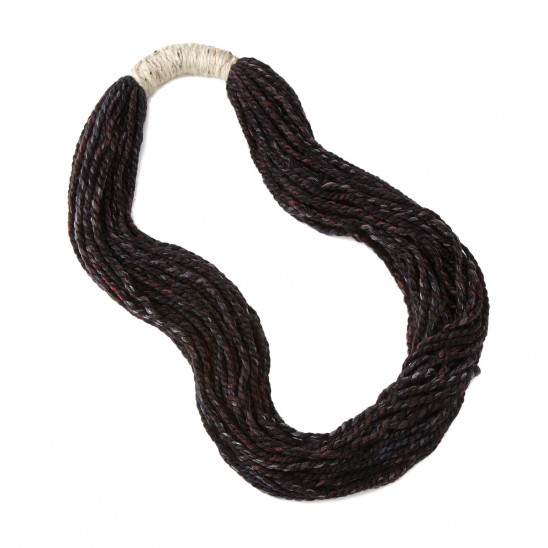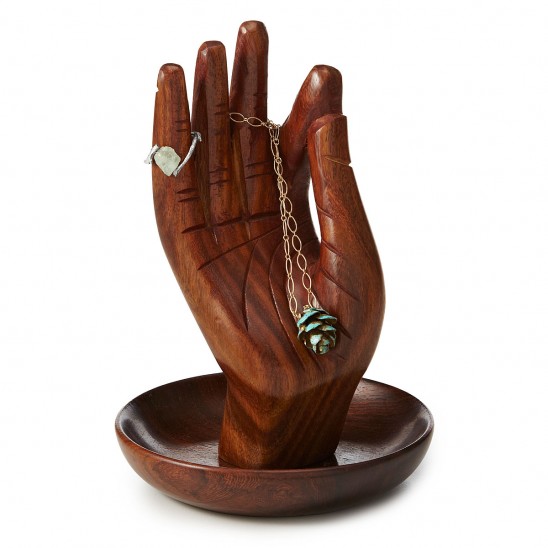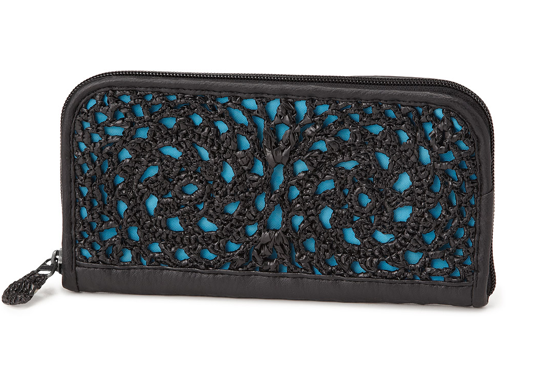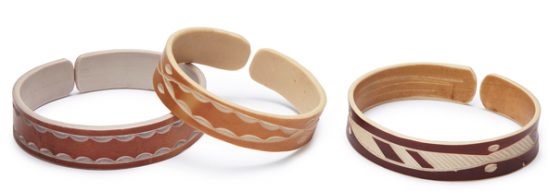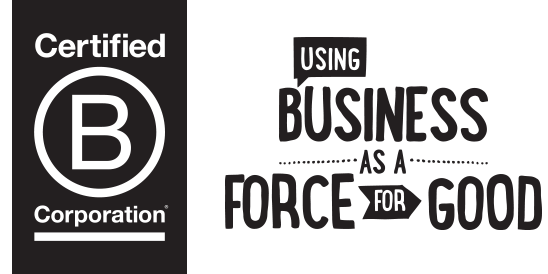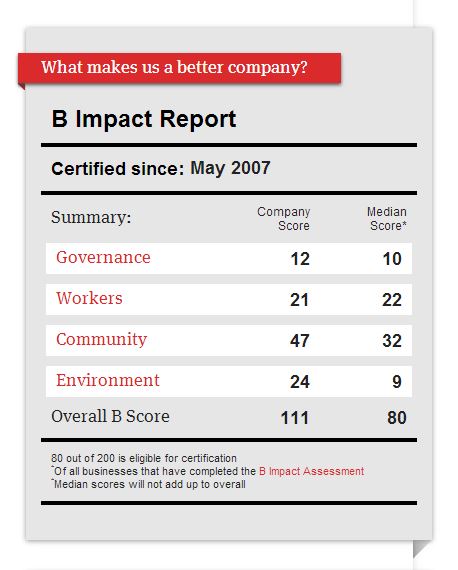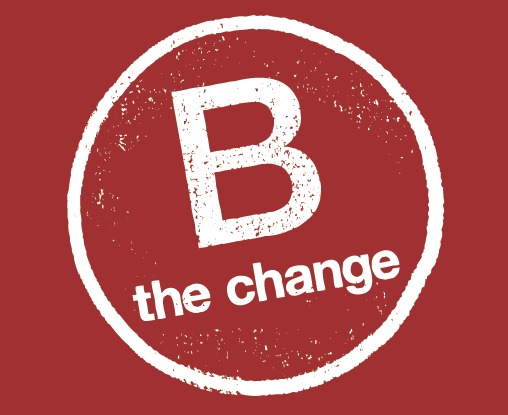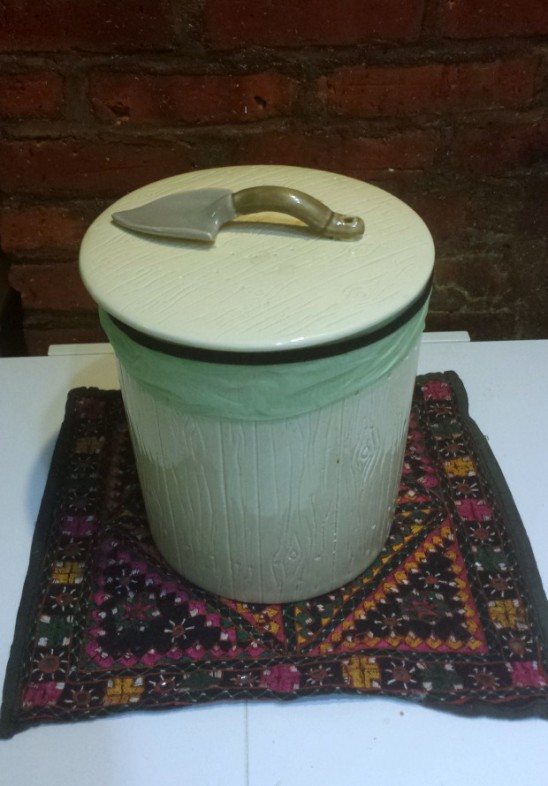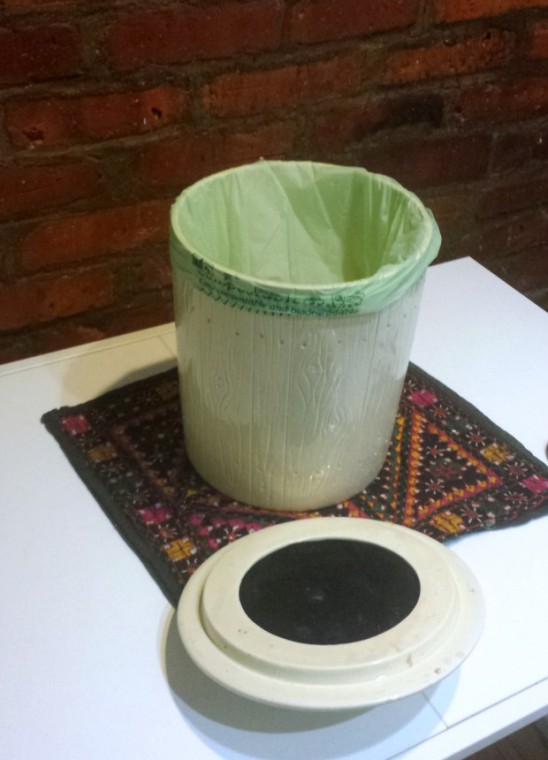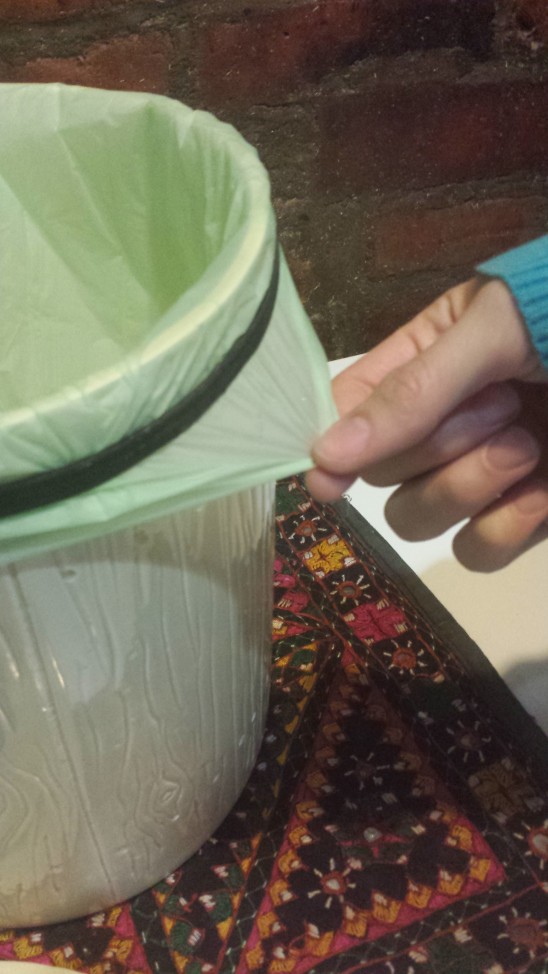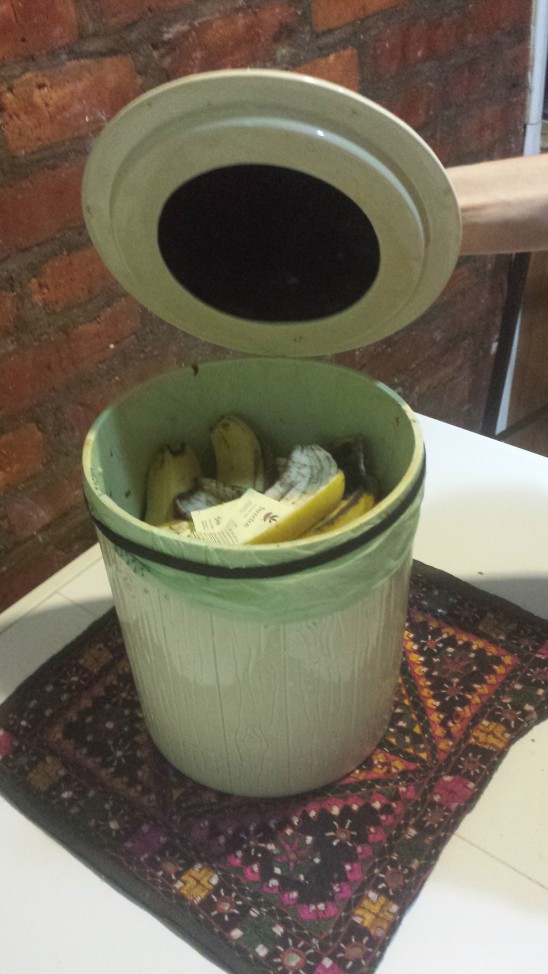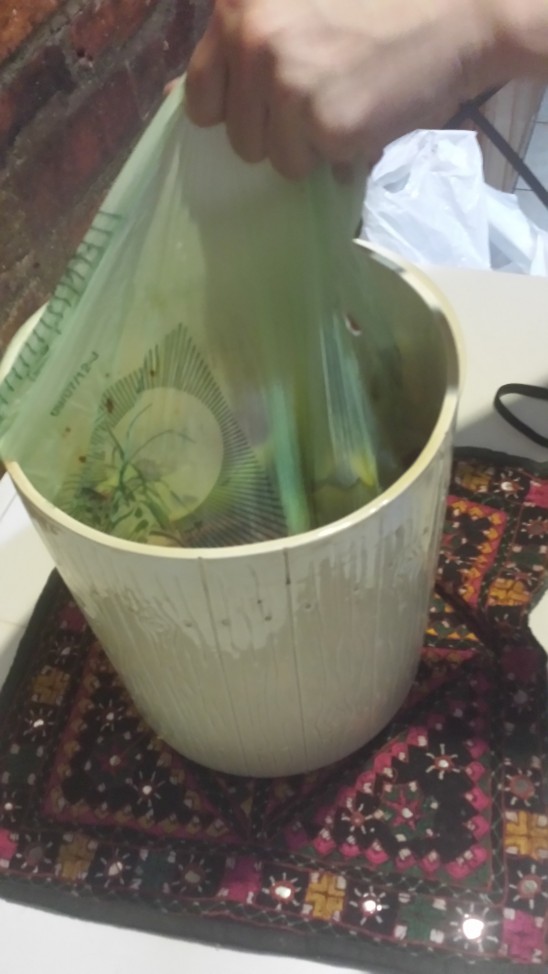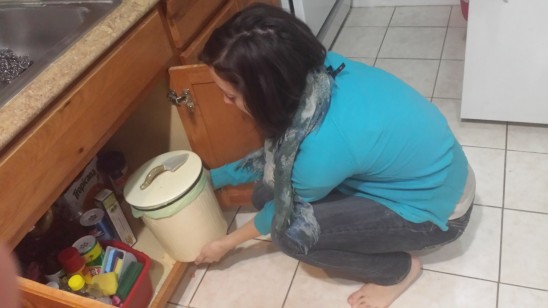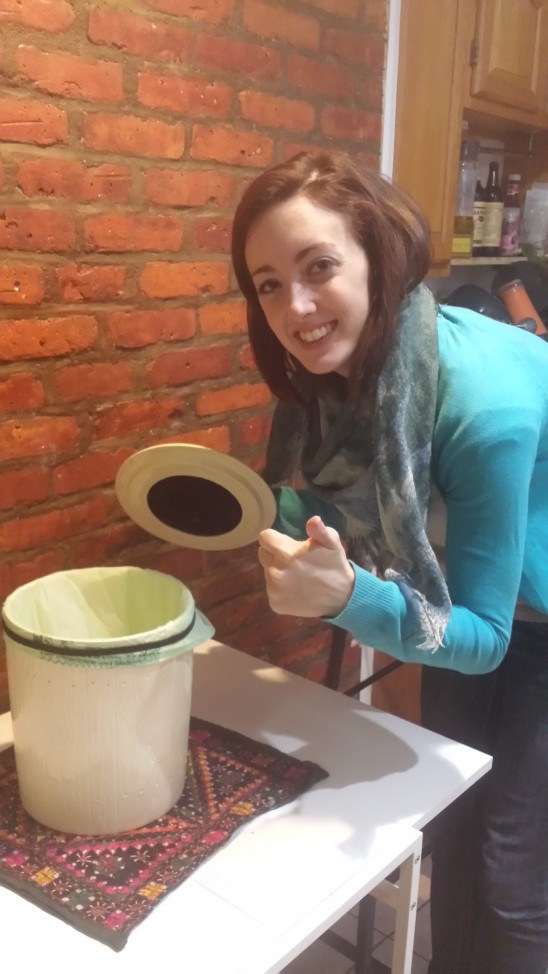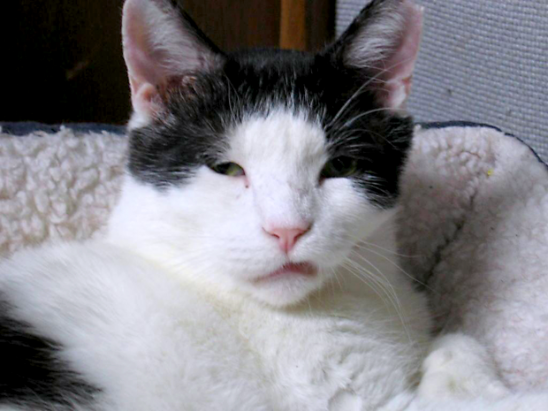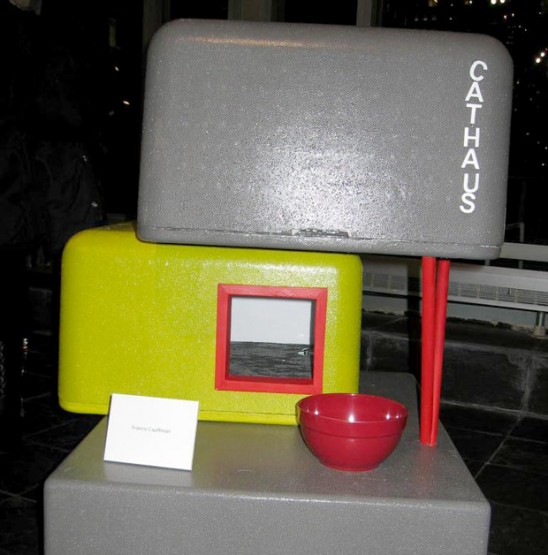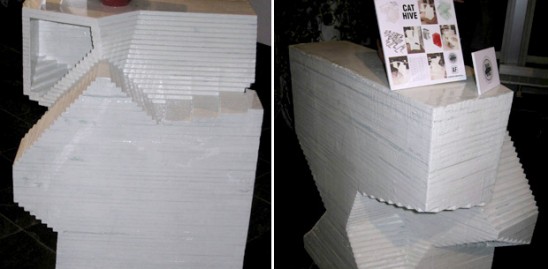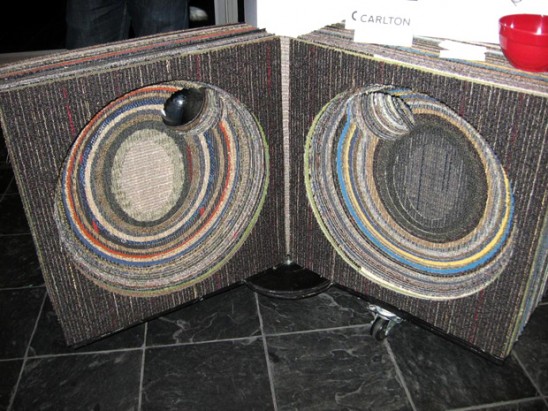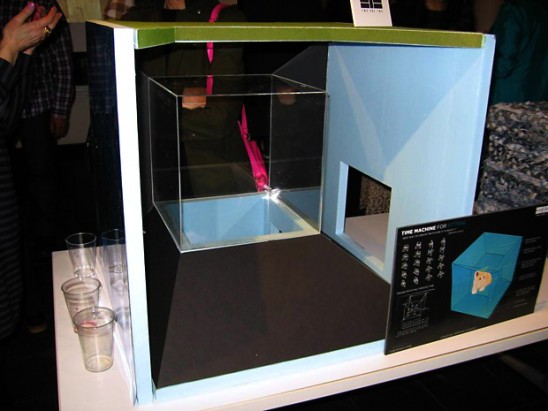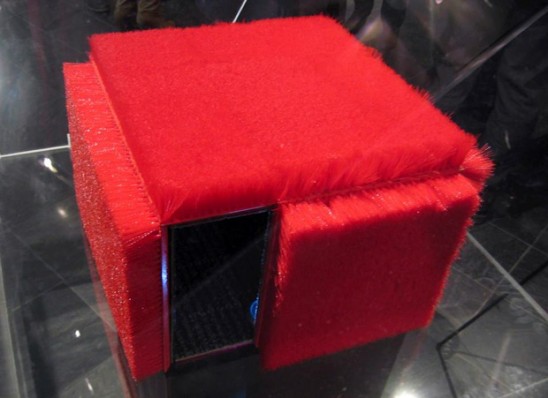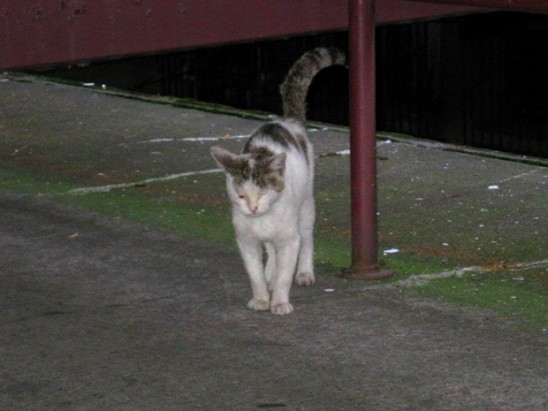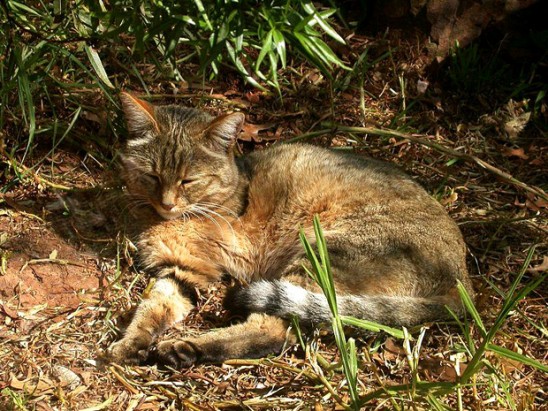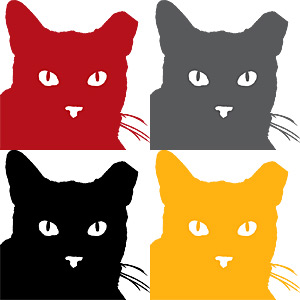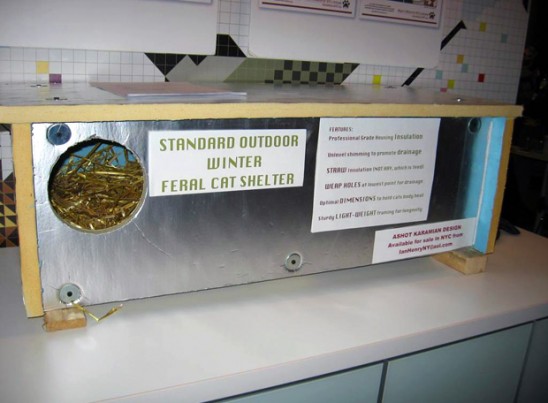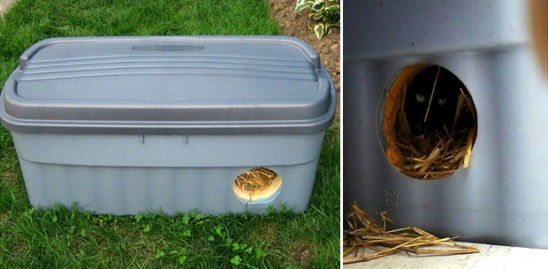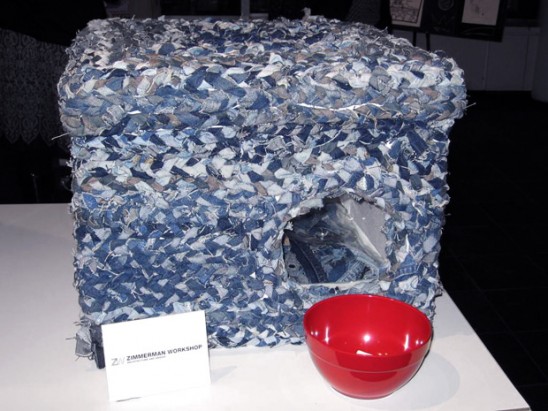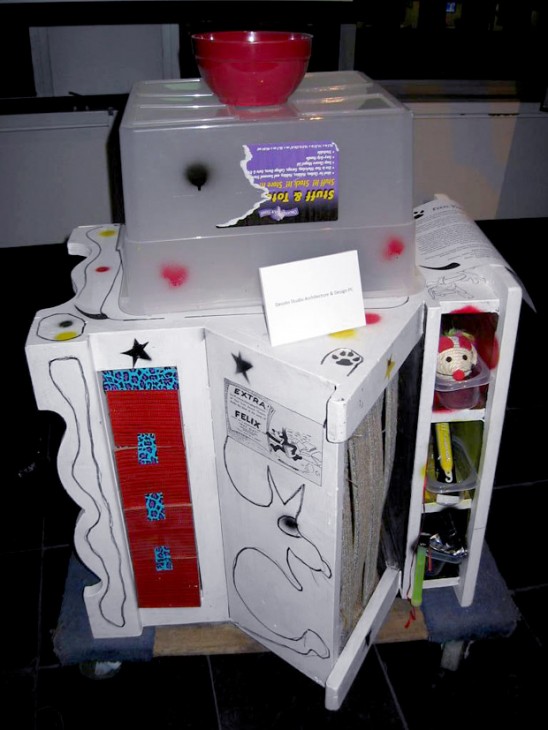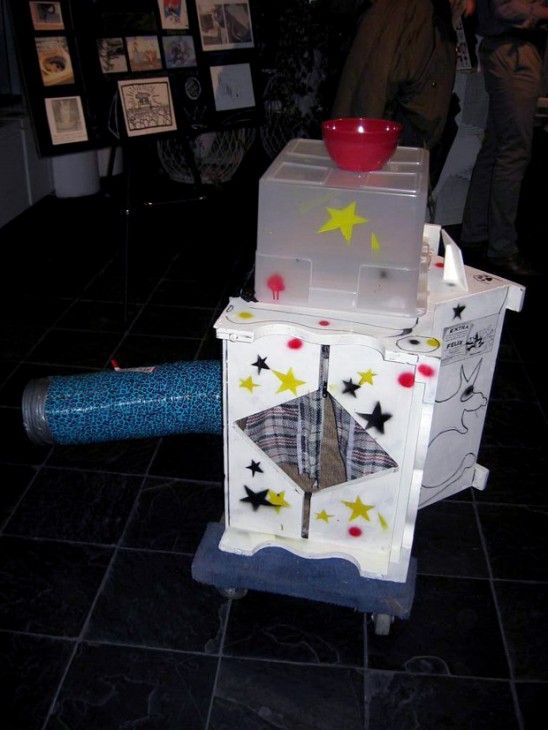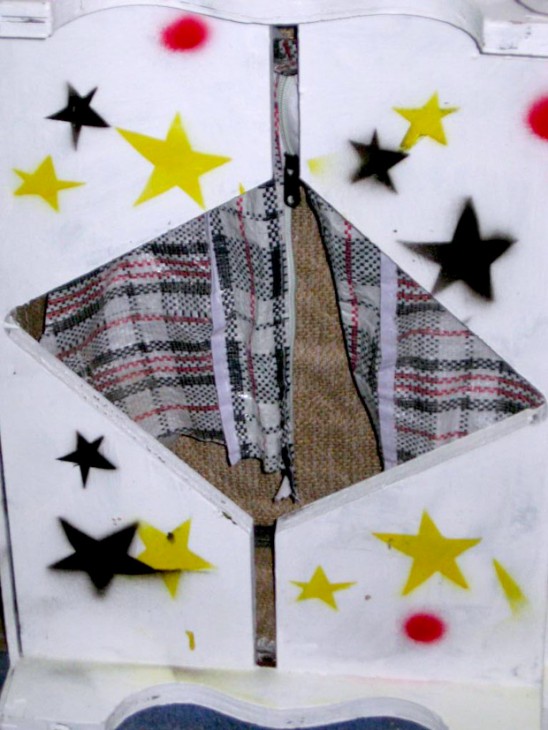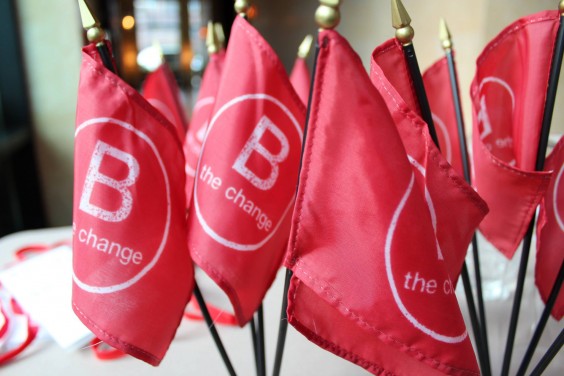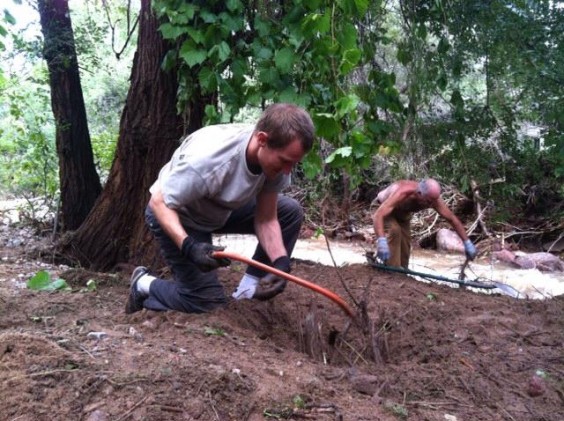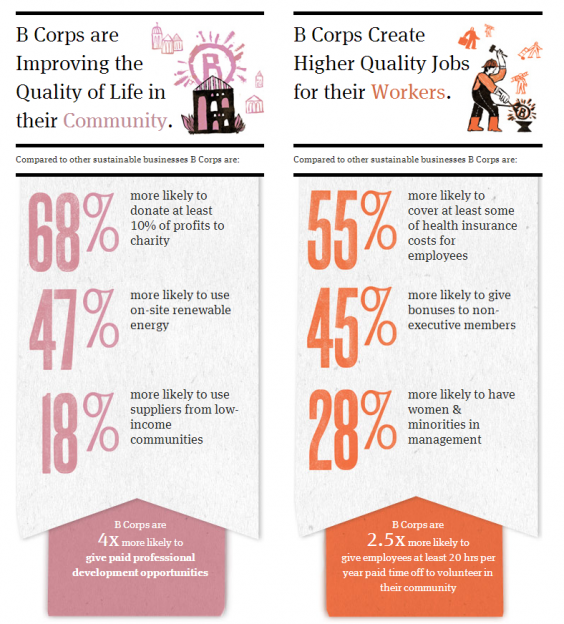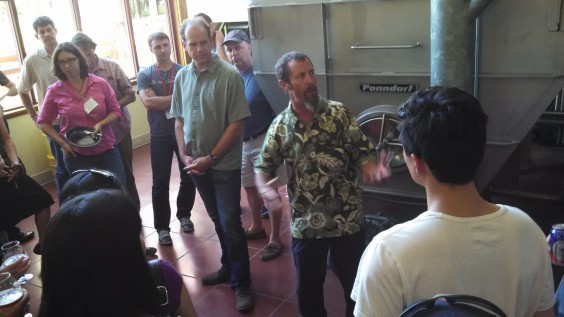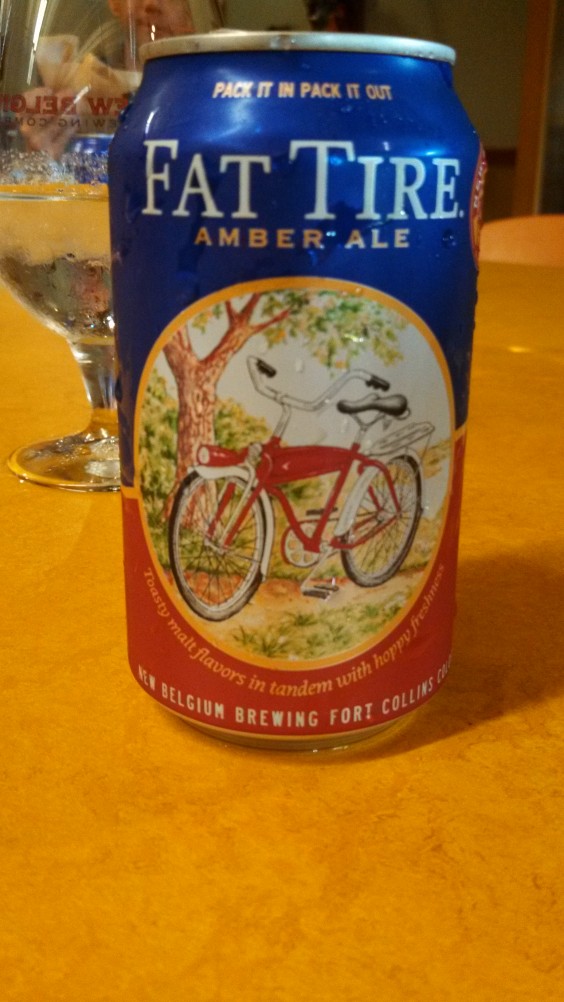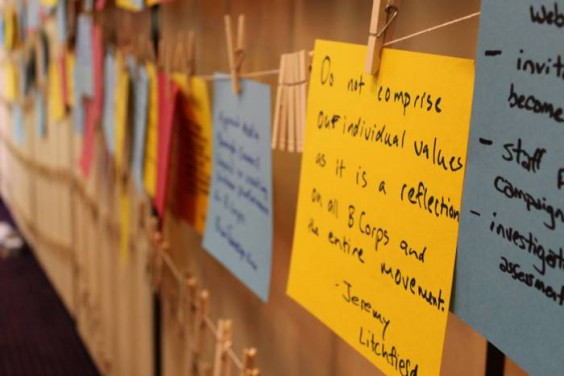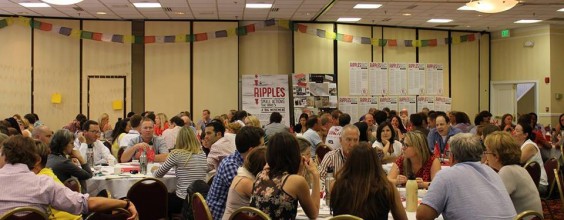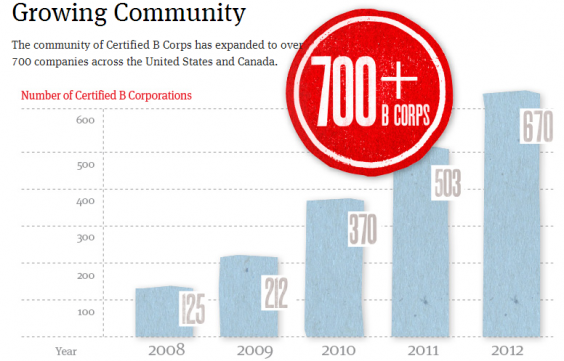Every year, B Lab hosts the Champions Retreat, where B Corps from around the globe come together to celebrate the success of the businesses and growth of the movement. This year I had the honor of attending the retreat in Vermont, where a multitude of events were lined up to teach, inspire, and challenge the individuals gathered to bring the dream of a sustainable corporate America into fruition.
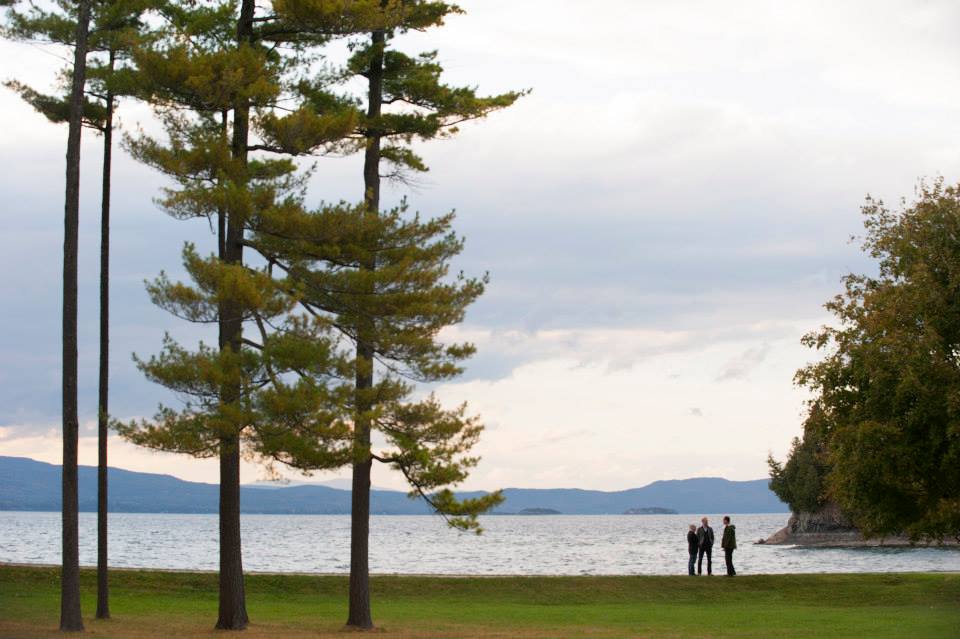
Photo by Emily McManamy
Day 1 Takeaway– Sustainable sourcing is not black and white.
For the first event of the retreat, we toured the Ben & Jerry’s Ice Cream factory. Believe it or not, I was looking forward to a treat even better than free samples of their chocolate cookie dough ice cream.
Cheryl Pinto, Values Led Sourcing Manager, gave us the “inside scoop” on the amount of work and resolve needed to maintain sustainable sourcing standards within a company, a feat especially difficult since Ben & Jerry’s was acquired by Unilever in 2000. Joining us as guest speakers were some of Ben & Jerry’s suppliers: Ted Castle, Owner & President of Rhino Foods, who supplies the cookie dough, and Michael Brady, the President and CEO of Greyston Bakery, who supplies the brownies. They spoke on their own experiences in building sustainable businesses, their reasons for doing it, the obstacles they overcame, and the importance in doing business with other individuals who value people, planet, and profit. With this, they opened the floor for discussion amongst our peers for ways in which we can source more sustainably for our respective businesses. The conversation was interesting. Although the brainstorming session ended before any universally correct conclusion was drawn, it opened the floodgates to the central focus of the rest of the retreat.
Day 2 Takeaway– Ripples of inspiration and collaboration create waves of innovation.
The second day’s main event was entitled “Deeper Roots, Stronger Branches.” There was a series of speakers who touched upon the importance of spreading the message, the impact of being a B Corp, the development of the B Corp concept, and the furtherance of the initiatives created to raise awareness and encourage others to become involved.
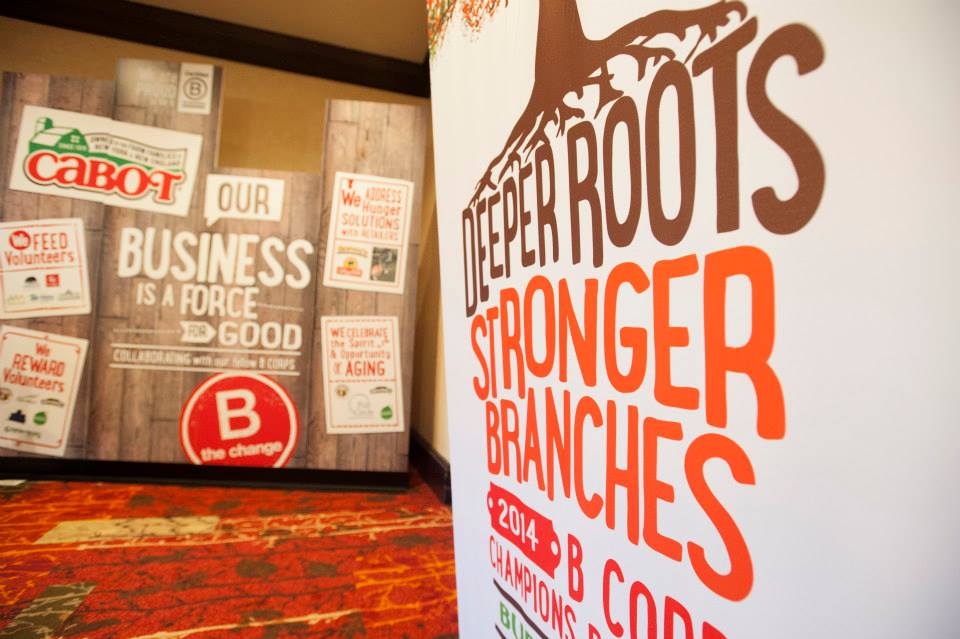
Photo by Emily McManamy
“Ripple” is the term used when referring to B Corp leaders spreading awareness to other business leaders, thereby helping others to pay attention to the environmental and social impact of business. Whether or not they are ready for certification, it is helpful for companies to complete the B Lab impact assessment in order for them to understand their current impact and make goals for future improvements.
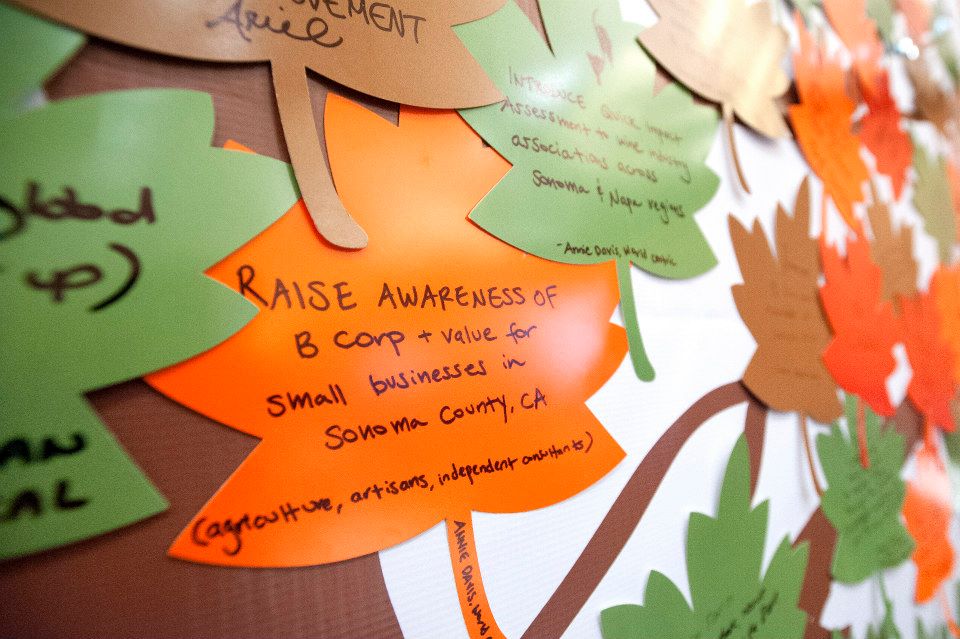
Photo by Emily McManamy
The speakers also discussed the social perception of B Corps on Millennials. Some speakers spoke about the increased demand for B Corps to come speak at schools and universities. By encouraging the next generation to pay attention to the values of their future employers, they argued that we can increase the demand for good business practices. In this way, we can collaborate with the next generation to turn ripples of inspiration and collaboration into waves of innovation.
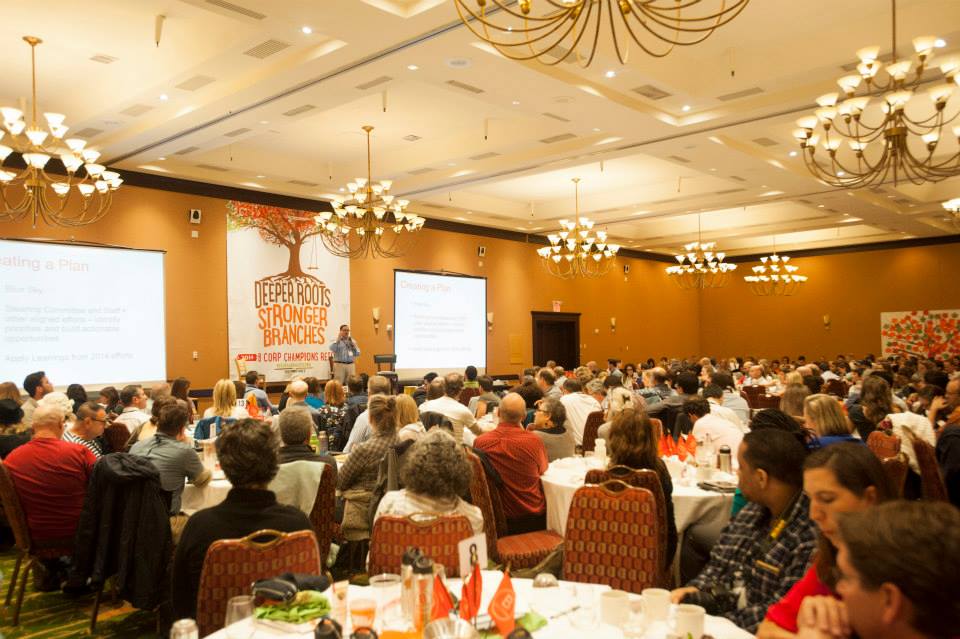
Photo by Emily McManamy
Day 3 Takeaway– Turning ideas and challenges into solutions is no small feat. “B inspired” to keep moving forward.
On Day 3, B Lab assembled an assortment of speakers to challenge those of us who already have an invested interest to take it a step further.
For example, Ben Cohen, the Co-Founder of Ben & Jerry’s, talked about the imbalance of corporate influence in politics. He described that corporations, on average, contribute 1,000 times more than the rest of the population to political campaigns, thereby using this tremendous influence to further their own agendas. Sick and tired of money informing politics, he founded StampStampede, a campaign to encourage Americans to “legally stamp messages on our Nation’s currency to #GetMoneyOut of Politics” and amend the Constitution.

Another inspiring example is Juan Pablo Larenas, who our founder Dave and myself had the pleasure of sharing a cab with. He spoke about the annual International Festival of Social Innovation (called fiiS in Chile), which he organizes to help spread awareness, boost the economy, and offer entertainment to the locals of the poverty-stricken ghettos of Chile.
More than anything, this retreat drove home the indisputable fact that upheaving the current paradigm of a successful business to a model that puts others before its own needs is no small feat. But rather than discouraging companies from attempting change, the retreat emphasized setting realistic goals. Even if goals that you think are practical end up being a bit of over-ambitious, at least you will “fail forward” and create ripples for others to build momentum for a better future.
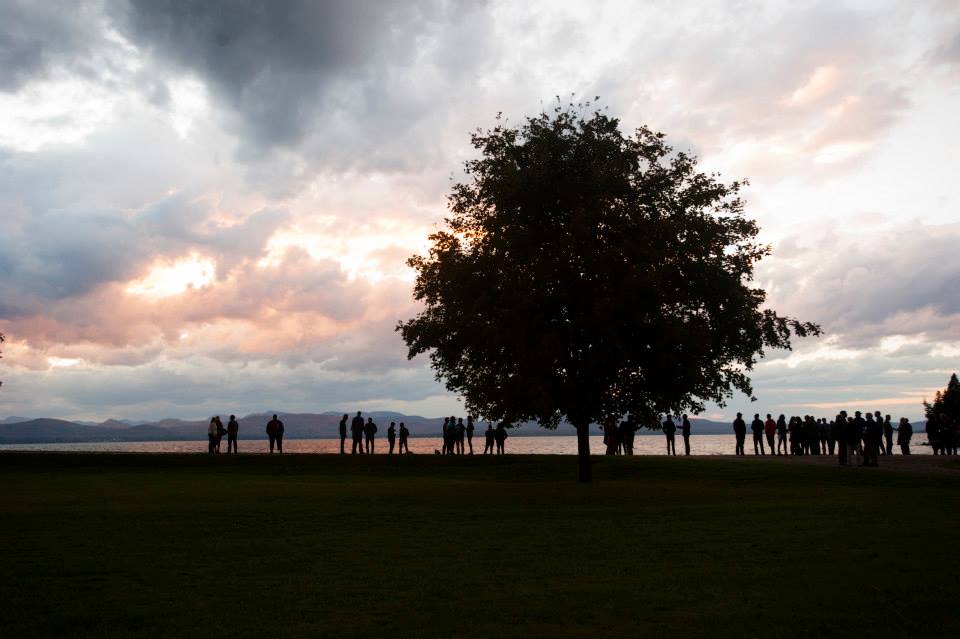
Photo by Emily McManamy

